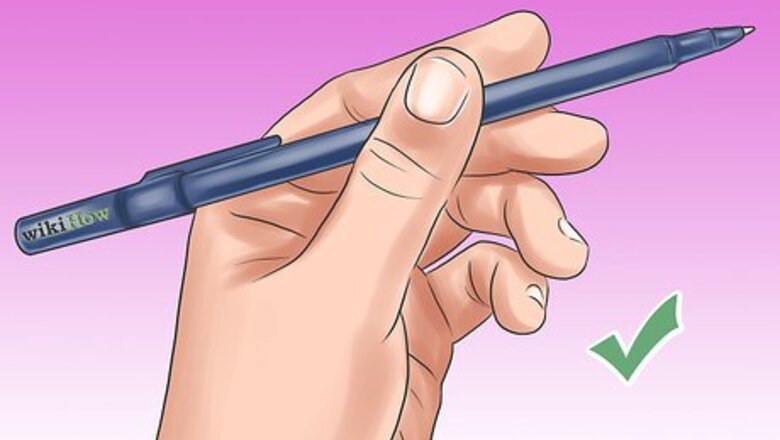
views
Taking Notes By Hand
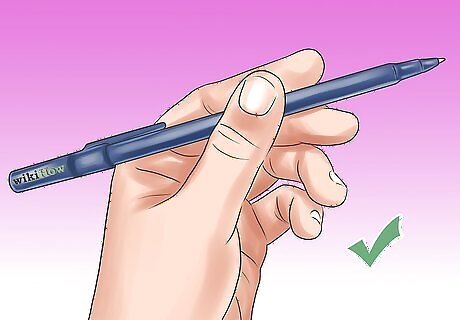
Use a rollerball pen. Any writing instrument will do for note-taking. However, a rollerball pen has less friction against the paper and will allow you to write more quickly across the page. If you are left-handed, you may want to buy a felt-tipped pen to prevent smudging.
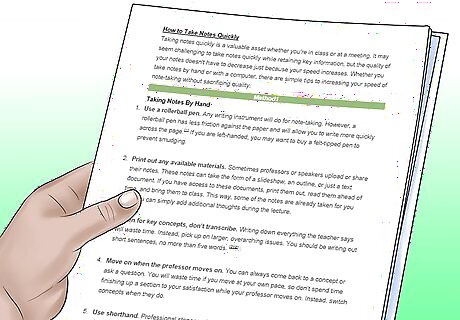
Print out any available materials. Sometimes professors or speakers upload or share their notes. These notes can take the form of a slideshow, an outline, or just a text document. If you have access to these documents, print them out, read them ahead of time, and bring them to class. This way, some of the notes are already taken for you and you can simply add additional thoughts during the lecture.
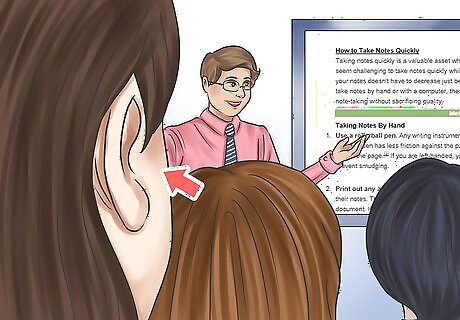
Listen for key concepts, don’t transcribe. Writing down everything the teacher says will waste time. Instead, pick up on larger, overarching issues. You should be writing out short sentences, no more than five words.

Move on when the professor moves on. You can always come back to a concept or ask a question. You will waste time if you move at your own pace, so don’t spend time finishing up a section to your satisfaction while your professor moves on. Instead, switch concepts when they do.
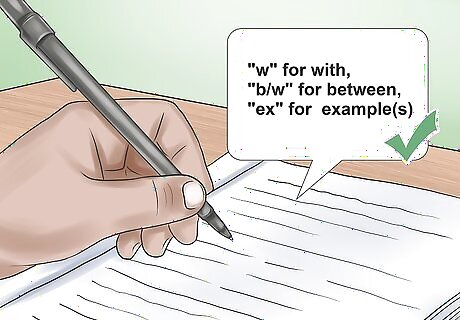
Use shorthand. Professional stenographers use a special system of writing called shorthand. But there is no need to learn this specialized knowledge. Instead, figure out a personal shorthand that works best for you. Here are some ways you can try shorthand: Use abbreviations for both proper nouns and long and tedious words. For example, write “US” for “United States,” but also "w" for "with," "b/w" for between, "ex" for "example(s)." Drop articles like “the,” “an,” and “a.” Drop vowels. For example, write “trnsfrmtn” instead of “transformation.” Use arrows and lines to convey relationships instead of cumbersome sentences. For example, instead of saying “the assassination of Archduke Franz Ferdinand IN 1914 caused World War I,” say, “ass. F Ferdinand → ww1 - 1914” Write in cursive. Like the gel pen, writing in cursive will shave off note-taking time because your pen never leaves the paper.
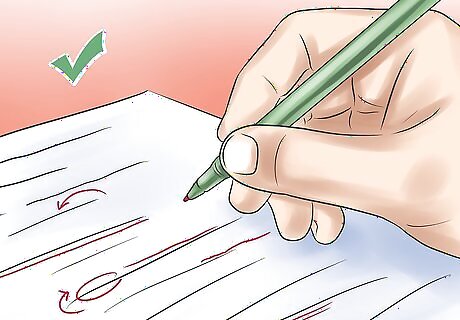
Revisit your notes after class is over. Take a moment after the lecture or class and revisit your writing. This time is when the information will be freshest in your mind. At this moment: Add any information you were not able to write down. Look for sloppy handwriting and rewrite any illegible words while you still know what they mean. Pick up on larger overarching concepts that you missed in class.
Taking Notes on a Computer
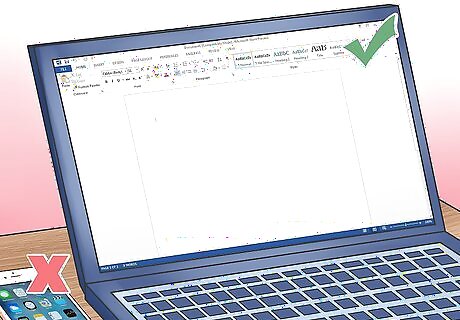
Limit distractions. You should only have one window open—the one you are taking notes in. Close all other windows and programs. Consider turning WiFi off. Put your phone away.
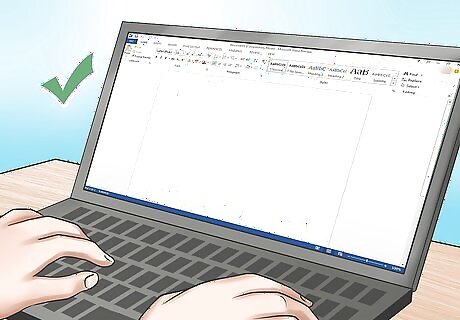
Use an appropriate program. Pick a note-taking or word-processing program that works best for your needs. For example, you may want to pick a program you know well, like Microsoft Word. On the other hand, you may want something simple and basic, like Text Edit. Consider using a note-taking program like Evernote or One Note.
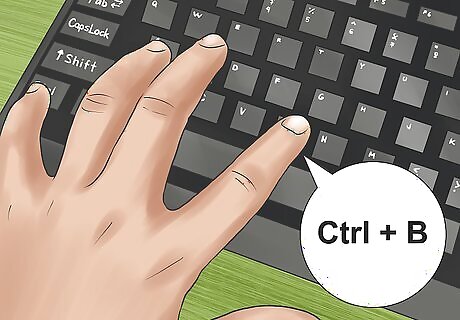
Learn keyboard shortcuts. There are a variety of keyboard shortcuts that can help you take notes more quickly. Keyboard shortcuts can vary depending on the kind of computer you use (Mac or Windows) and what kind of word-processing program you are using. That being said, you will find keyboard shortcuts useful for the following note-taking issues: Formatting. Keyboard shortcuts can allow you to emphasize key concepts through shortcuts that help you highlight, bold, or underline words or phrases. For example, command + B will make a word bold. Navigation. Certain keystrokes can help you move to the beginning or the end of a line. Other keystrokes allow you to move seamlessly between programs or windows. In the Windows program OneNote, using the "End" or "Home" key will allow you to move your cursor to the end or beginning of the line you are on. Organization. Keyboard shortcuts can allow you to automatically make ordered, hierarchical lists like outlines or numbered lists. Type expanding. You can program your word processor to recognize phrases as you type them. Instead of typing out “interdisciplinary coordinated calculus” you can type “icc” and your computer will know what you mean.
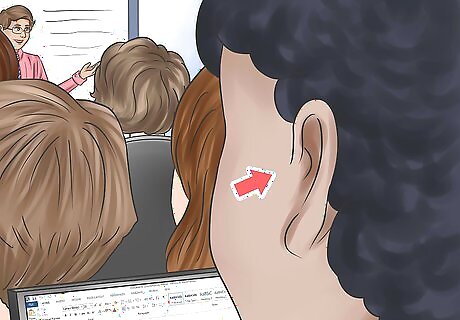
Listen for key concepts, don’t transcribe. Writing down everything the teacher says will waste time. Instead, pick up on larger, overarching issues. You should be writing out short sentences, no more than five words.

Move on when the professor moves on. You can always come back to a concept or ask a question. But don’t spend time finishing up a section to your satisfaction while your professor moves on. Instead, switch concepts when they do.
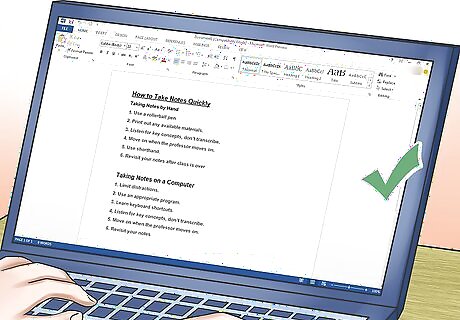
Revisit your notes. After the lecture or class is over, go over your quickly written notes and fill in any gaps. Take this time to Add any information you were not able to type quickly enough. Fix any typos or misspelled words. Pick up on larger overarching concepts and add them while they are still fresh in your mind.


















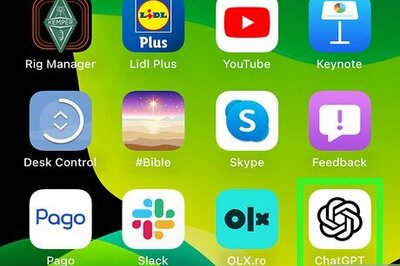

Comments
0 comment